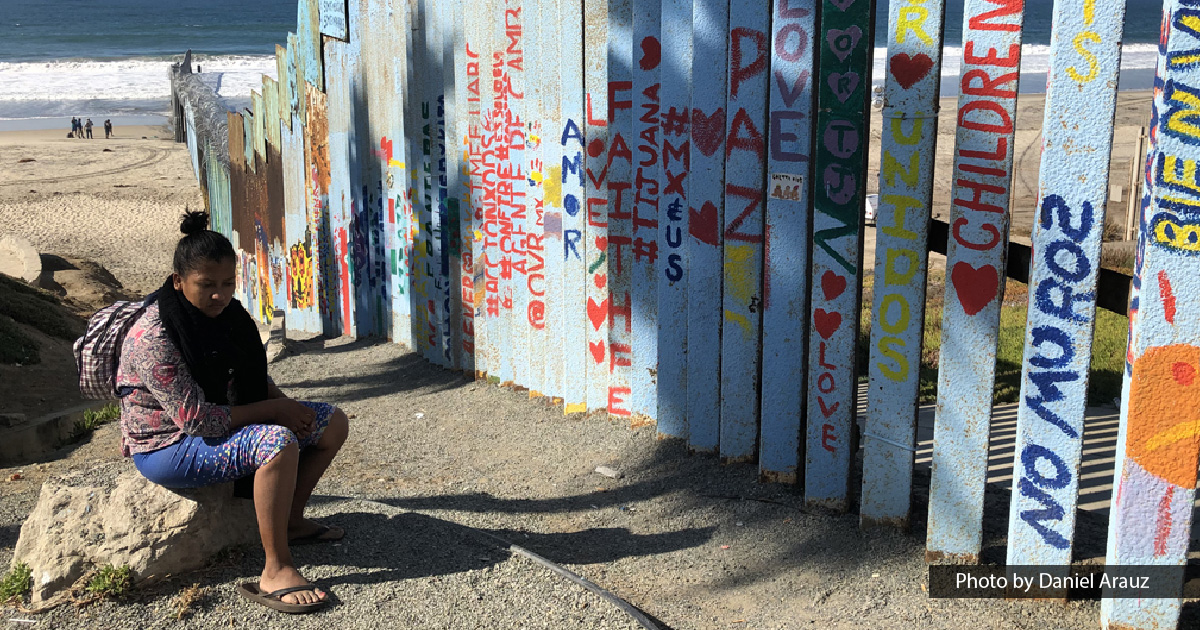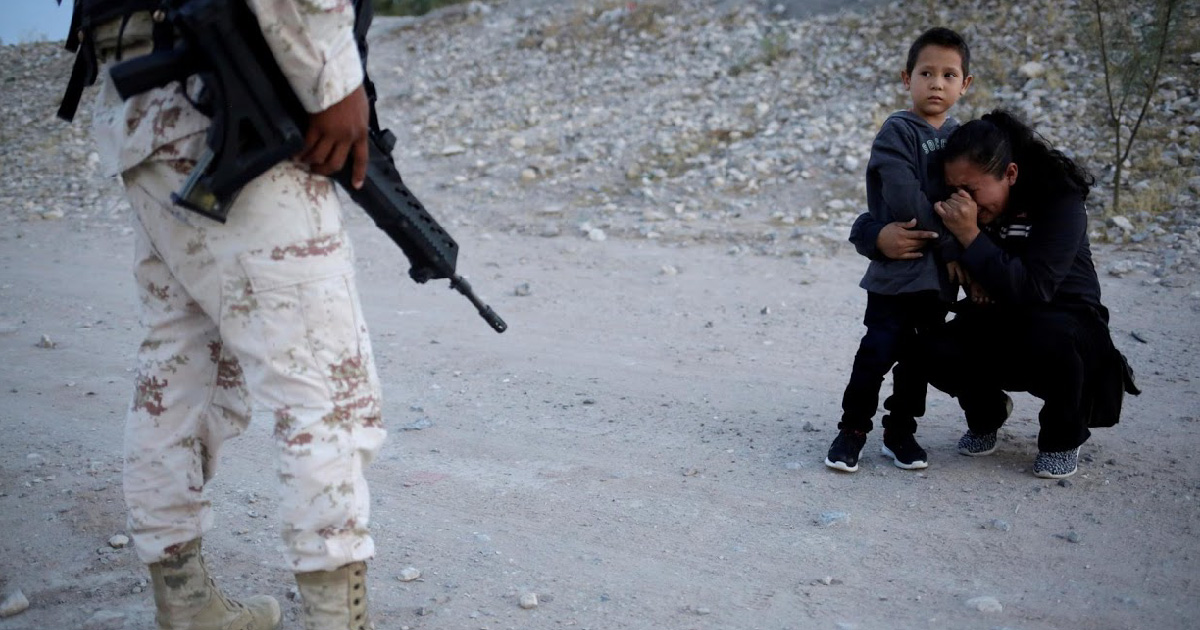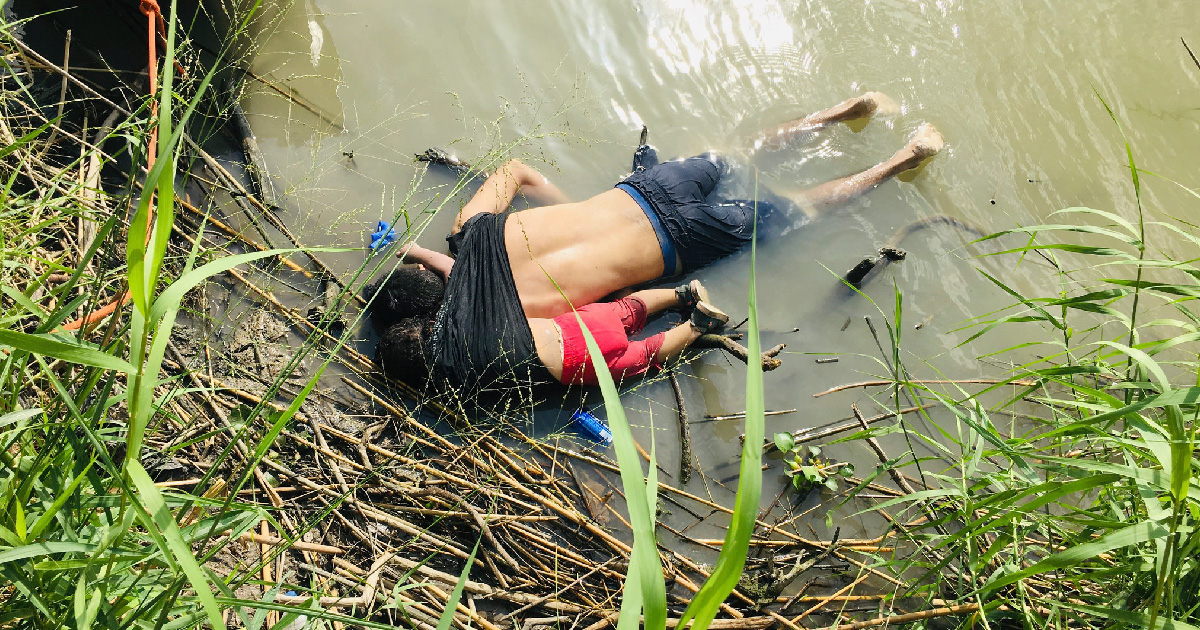On the Other Side: Central American Immigrants on the Northern Border of Mexico

(This image is licensed under: https://creativecommons.org/licenses/by/2.0/legalcode)
[Editor’s Note: Here in the US, most of our news related to Central American migrants has been centered on those who have been detained by ICE and/or are in detention along the US-Mexico border. However, little is known in the US about the actions of the Mexican government that impact the well-being of migrants who travel across Mexico to attempt to cross the border to reach the United States, often risking their lives. Here, we present a perspective from the Mexico side of the border.]
US President Donald Trump announced at the end of May his decision to impose new tariffs or increase existing tariffs on Mexican products, as a measure to put pressure on Mexico to curb the flow of Central American immigrants, which has registered an important increase since October of last year. Mexico´s economy would have been negatively impacted with the rise of tariffs, so the country responded almost immediately to the demand made by the American government to curb the flow of immigrants from Central America attempting to enter the US.
Mexico's governmental response began on June 7th with the deployment of thousands of Mexican National Guard troops to immigration control posts, especially in key locations on the southern and northern border of Mexico. In addition, Mexico also agreed to host immigrants waiting to resolve their US asylum application. The National Migration Institute (INAMI) reported that, in the last six months, Mexico has received more than 18,000 Central American migrants awaiting the resolution of their US asylum claim.
While some 21,000 National Guard soldiers, almost a third of their total ranks, have been deployed at the northern and southern borders of Mexico in response to immigration, their rules of engagement are not yet clearly established. Facing accusations that the troops have been forceful in their efforts to deter migrants from crossing the northern border, Mexican President López Obrador said on June 25th that the National Guard has received no orders to stop immigrants. The troops themselves say that they do not stop immigrants, but are only there to advise them not to enter the United States. However, Reuters witnessed the arrest of at least three adults and four children attempting to cross into the United States after the Mexican president made his statement.
"There is a great distance between what you hear from López Obrador every morning and what is happening on the ground regarding this problem,” Fernando García, founding director of the Border Network for Human Rights, told Reuters. “He is not very sincere; he is not very honest with the Mexicans regarding the reality of the deployment of these soldiers”.

[Woman cries as soldier stops her from crossing border into U.S. Reuters/Jose Luis Gonzalez]
An example of the close surveillance on the northern border is what is depicted in a photograph of a Guatemalan woman with her son, crying and imploring a Mexican National Guard agent to let her pass to try to cross the Rio Grande border into the United States. The image was taken in Ciudad Juarez by photographer José Luis González of the Reuters agency. The note and the photograph went viral in the month of July on social networks as an example of what happens on the northern border of Mexico.

[Óscar Alberto Martínez Ramírez and his daughter Valeria drowned in the Rio Grande. Julia Le Duc/Associated Press]
Another shocking image that has been around the world in social networks is that of a Salvadoran man and his daughter of less than two years who drowned on the banks of the Rio Grande. This is a tragic example of the tremendous human drama that is being lived on the southern border of the United States every day and how the policies implemented by both governments far from resolve the problem of Central American migration, increased human suffering, and negative consequences in the mental health of people in the short, medium, and long term.
“It is very unfortunate that this happens,” President Andrés Manuel López Obrador of Mexico said at a news conference, but, “there are people who lose their lives in the desert or crossing the Rio Grande.”
The resolution of the Central American mass exodus to the United States is a multifaceted problem that calls for complex solutions involving the participation not only of the governments of Mexico and the United States, but also the involvement of government representatives of the countries of origin -- mostly El Salvador, Guatemala, Honduras -- in the areas of diplomacy, finances, labor, education, and health. Respect for human rights and social justice must remain at the center of any and all multinational agreements reached.
Like what you see? Amplify our collective voice with a contribution.
Got some good news to share? Contact us on our social media pages above.
Return to the main blog page or sign up for blog updates here.
- Log in to post comments
